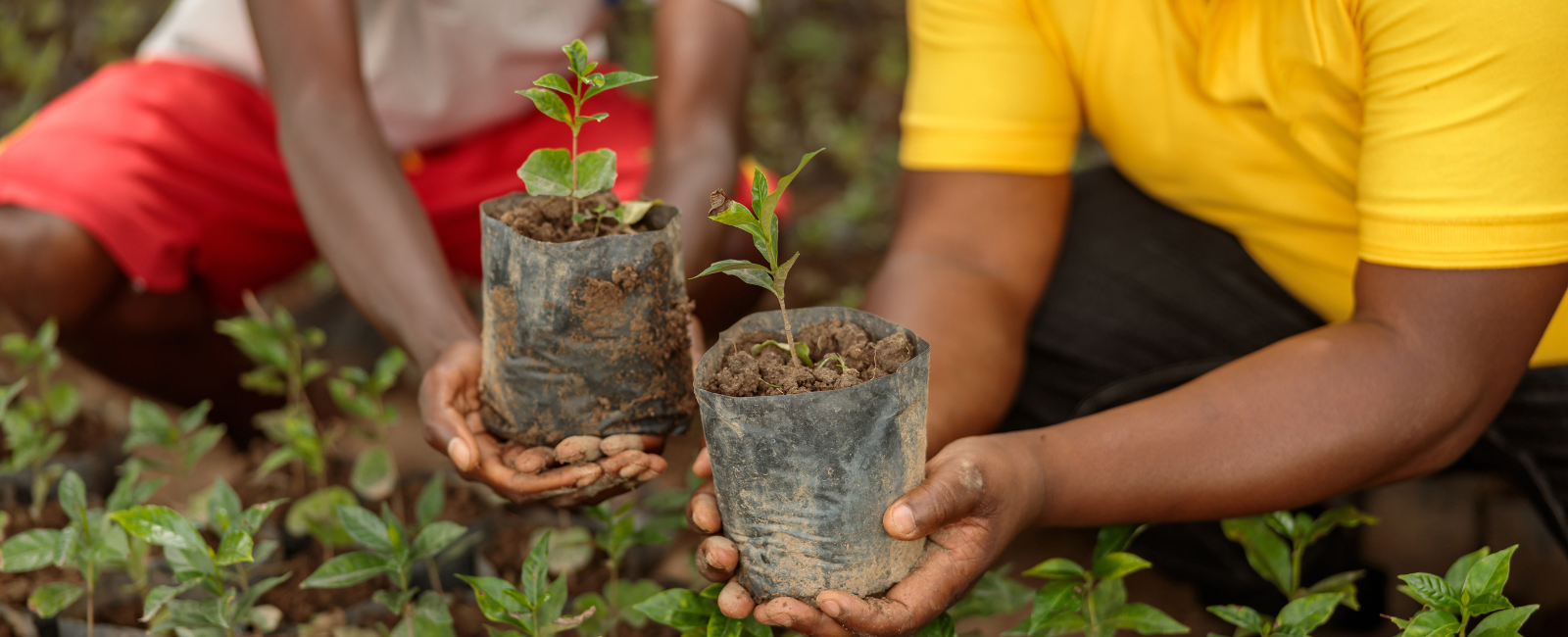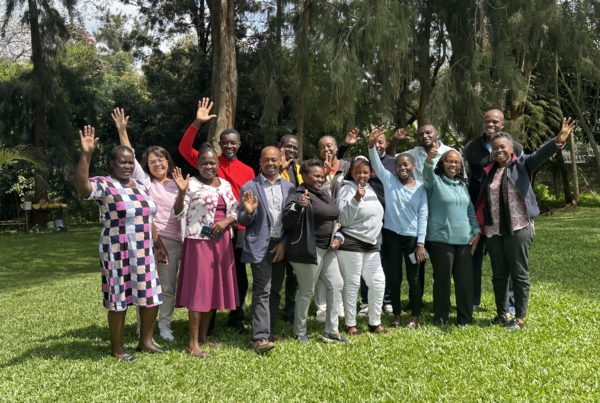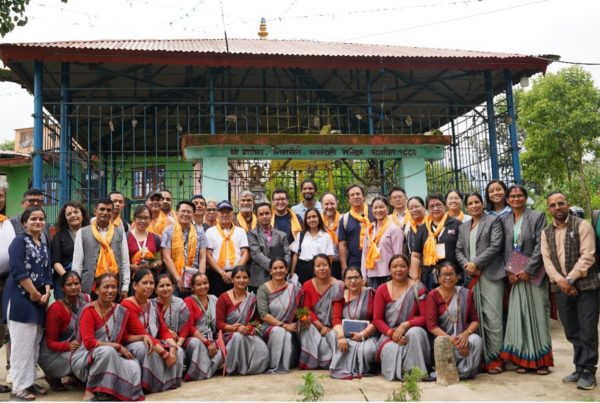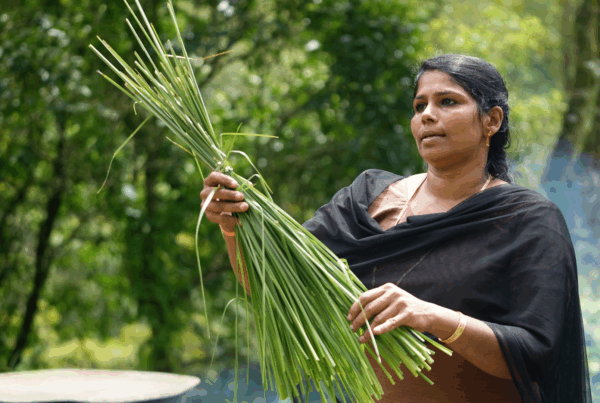It’s easy to take trees for granted. But what would our world be like if they weren’t there? We would struggle in breathing. The temperatures would be unbearably hot. There would be almost no other biodiversity (since trees are essentially the cornerstone of our ecosystems). Embracing organic practices can contribute to the preservation and regeneration of trees, ensuring their critical role in mitigating air pollution, regulating temperatures, and fostering biodiversity remains intact for future generations.
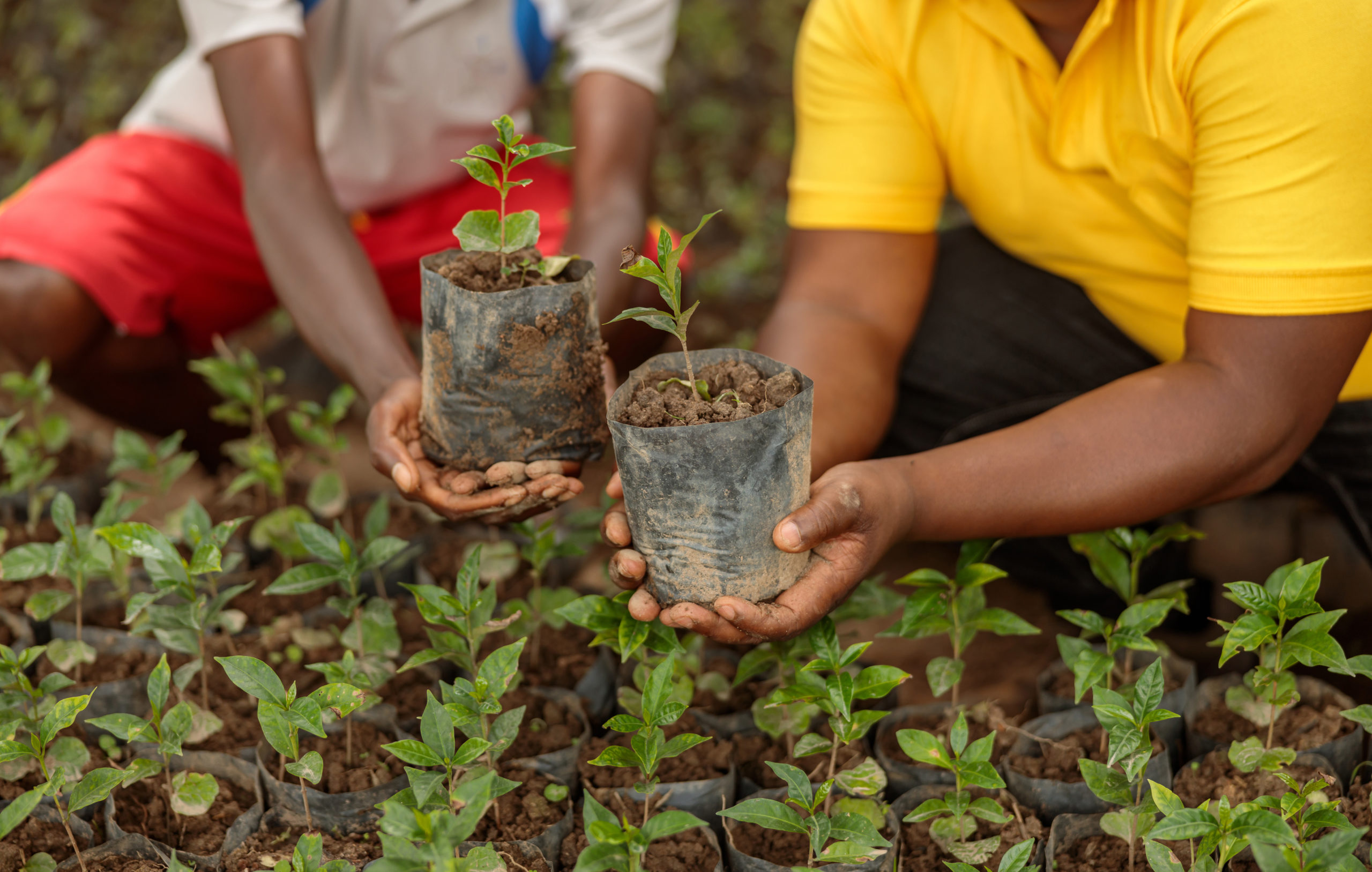
Each seed sown is a promise of a greener, more vibrant tomorrow © Yaroslav Astakhov
There would be no soil and no crops, so we would be really hungry, thirsty and quite miserable. Although, on the positive side, we’d also be largely oblivious to this, because most of us would almost certainly be dead! The simple truth is that protecting trees is not a luxury for the few but an essential survival strategy for all of us. Our world depends on trees for its functioning. Our species has co-evolved with trees. We can’t do without them, although, ironically, they can do just fine without us! Every one of us needs to do whatever we can, whenever we can, to protect trees. If we don’t, we’re actually just killing ourselves.
The good news is there are still a lot of trees in the world. Nearly a third of the Earth’s landmass is covered in trees (over 4 billion hectares in total), 93% of which is naturally regenerating forest (with the other 7% having been planted by us). But every year we slowly chip away at the area of naturally regenerating forest. Although the rate of deforestation isn’t as bad today as it was 30 years ago, it is still a huge concern. And, unfortunately, the biggest rate of net forest loss around the world is in Africa, where we lose nearly 4 million hectares of forest every year. That’s equivalent to the landmass of Switzerland. Every year. Just gone.
However, not all hope is lost. For instance, by adopting organic farming methods, we can nurture healthy soils and sustainable crop yields, while bolstering our interconnected relationship with trees, vital for the survival of both humanity and the planet.
It shouldn’t surprise anyone to learn that agriculture is by far the biggest driver of deforestation in Africa. Converting forest and woodland into arable production is the biggest component of this, but relentless overgrazing hinders natural regeneration of forests and ultimately degrades them. As farmers, therefore, we have a bigger responsibility than most to make sure that we play our part in tree conservation. Fortunately, a lot of what needs to be done isn’t that hard.
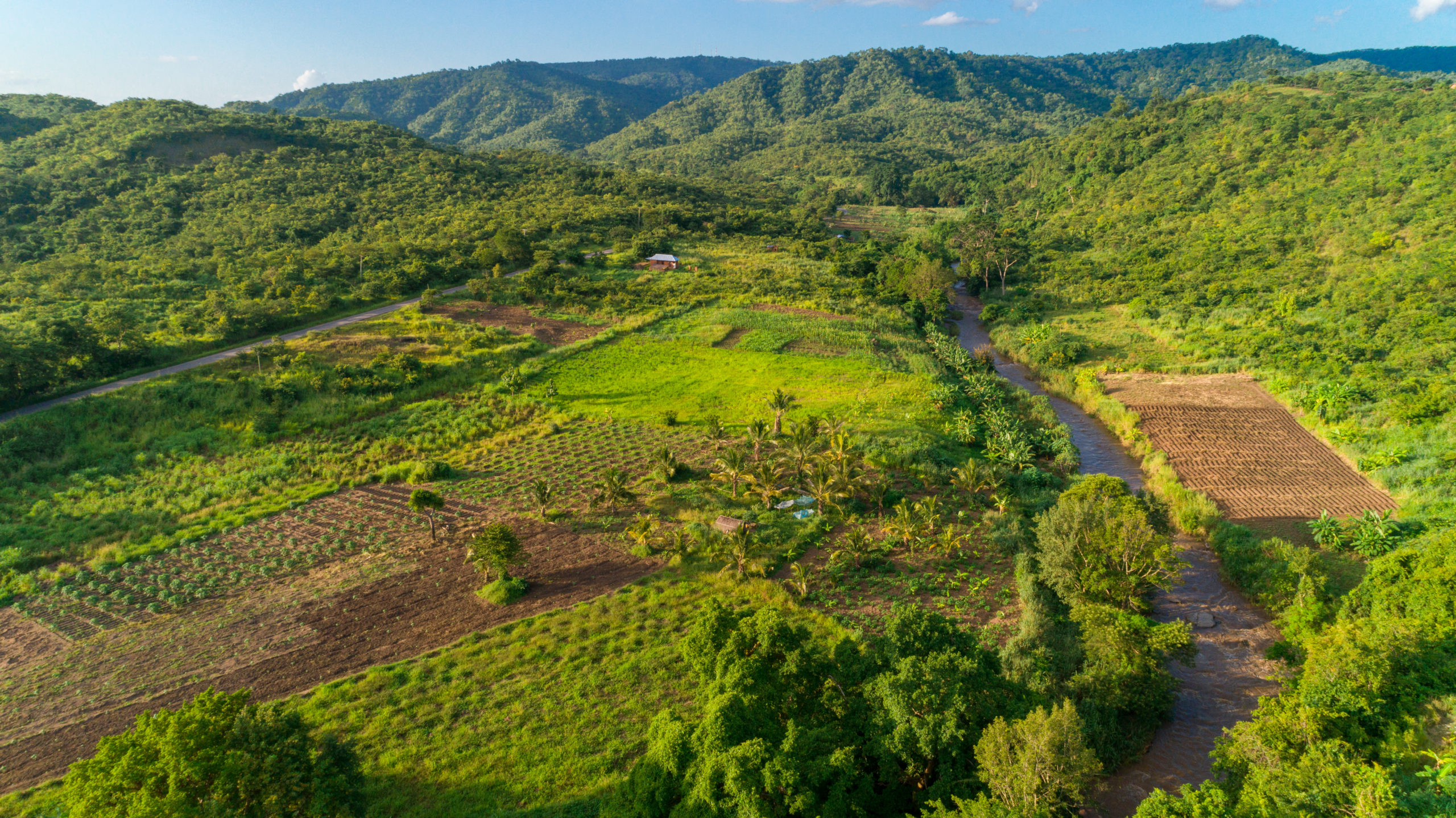
Trees are the pillars upon which our ecosystems stand © STORYTELLER
Simple, practical steps for farmers to help protect trees:
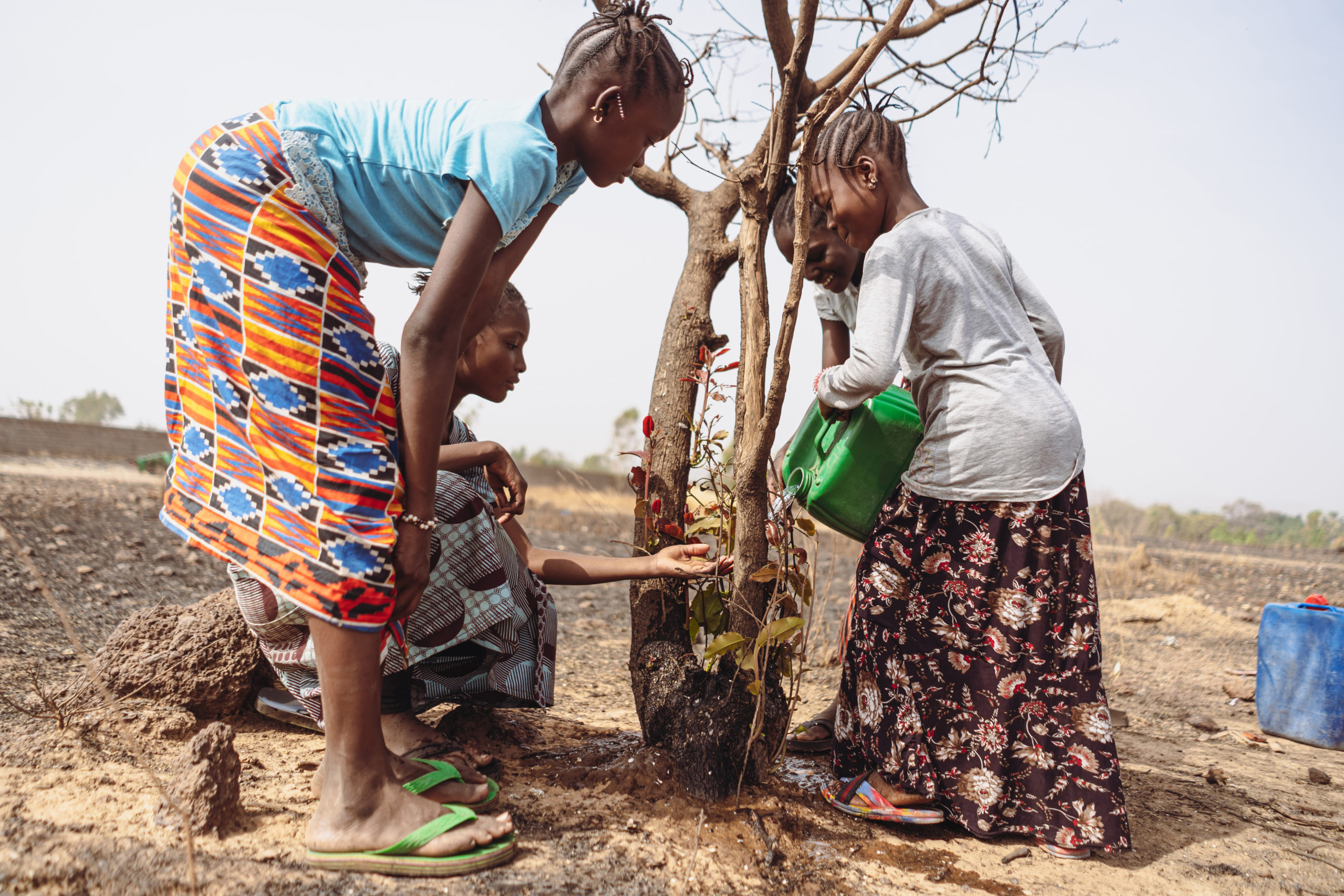
By cultivating forests, we not only safeguard our present but invest in the legacy of future generations, ensuring a world where life thrives abundantly © Riccardo Niels Mayer
We all instinctively know that we have to reverse the tide of deforestation in Africa. If we don’t, we won’t survive. Fortunately, it is fully within our power to change this. Investing in tree planting and tree conservation is incredibly rewarding, not just for the thrill of seeing a tree grow from a tiny seed, but also because it makes any farm a healthier place on multiple levels. A healthier place for the plants and animals that live on it, and a healthier place for us, the humans that survive from it.
By adhering to organic practices such as agroforestry, we can integrate tree planting seamlessly into agricultural practices, enhancing biodiversity, soil health, and resilience to climate change while fostering a harmonious coexistence between humans and nature.
It’s hard to think of a single negative associated with trees and tree planting. Meanwhile the positives are so many that it is almost impossible to list them all. So let us all do our part as organic farmers to collectively protect and increase the number of trees on our land, so we can help shift the balance back in favour of the trees.
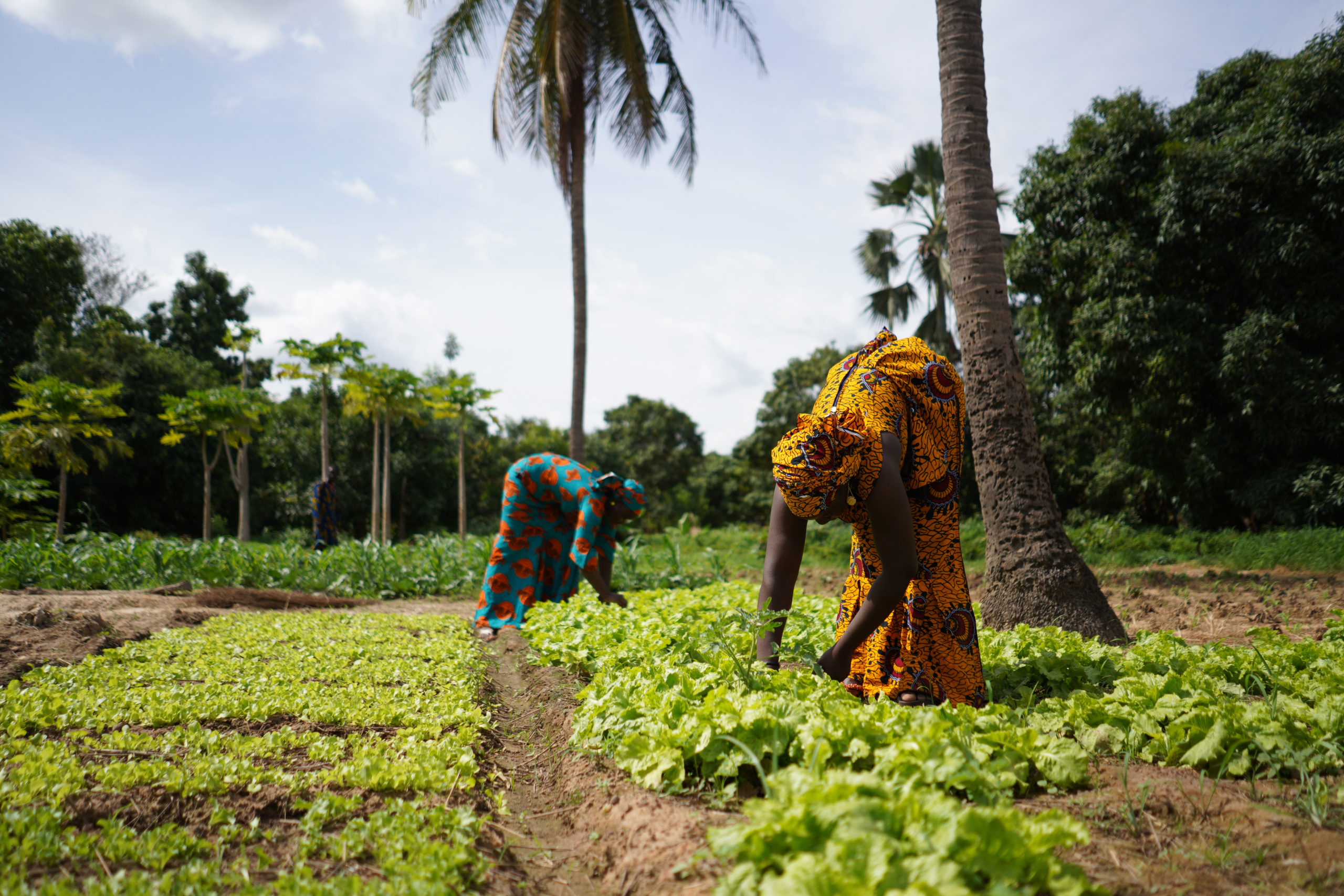
Integrating trees into farming boosts soil conservation, water retention, biodiversity, and better crop yields © Riccardo Niels Mayer


